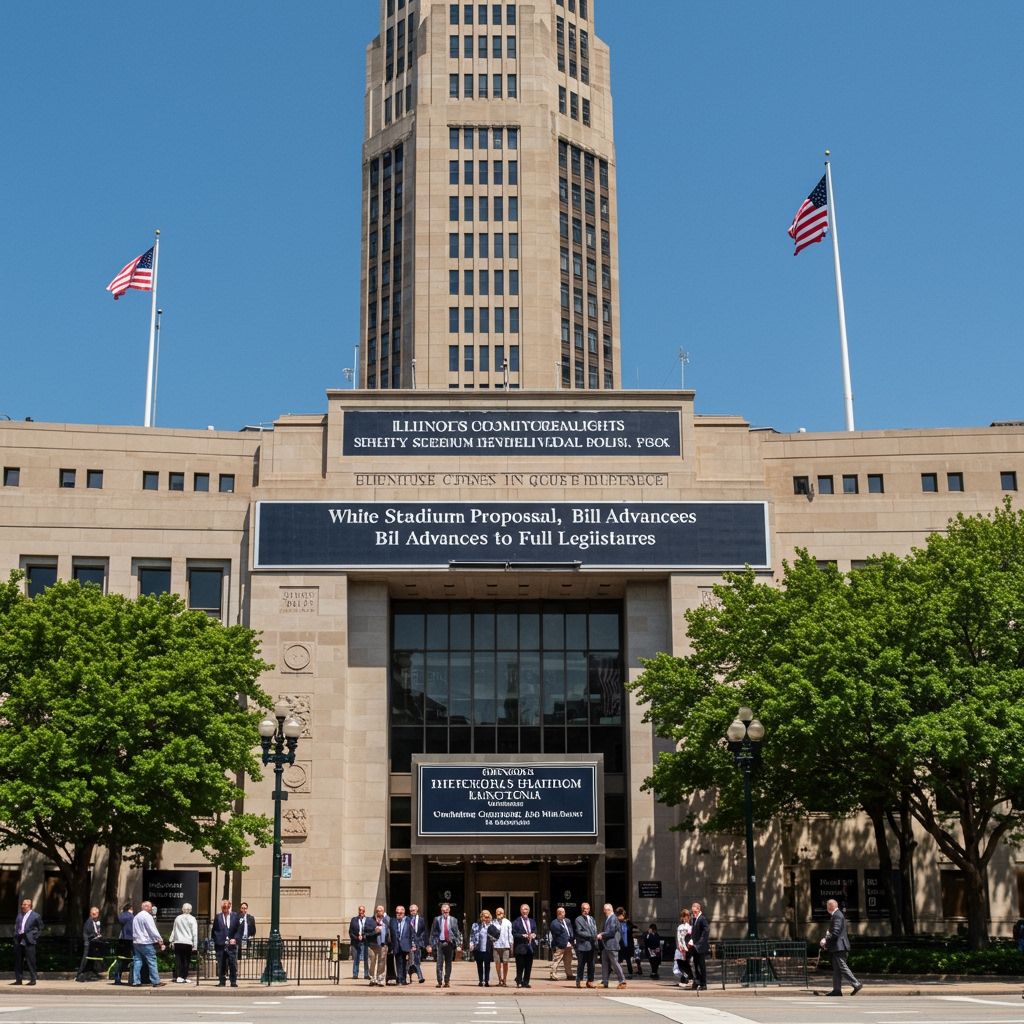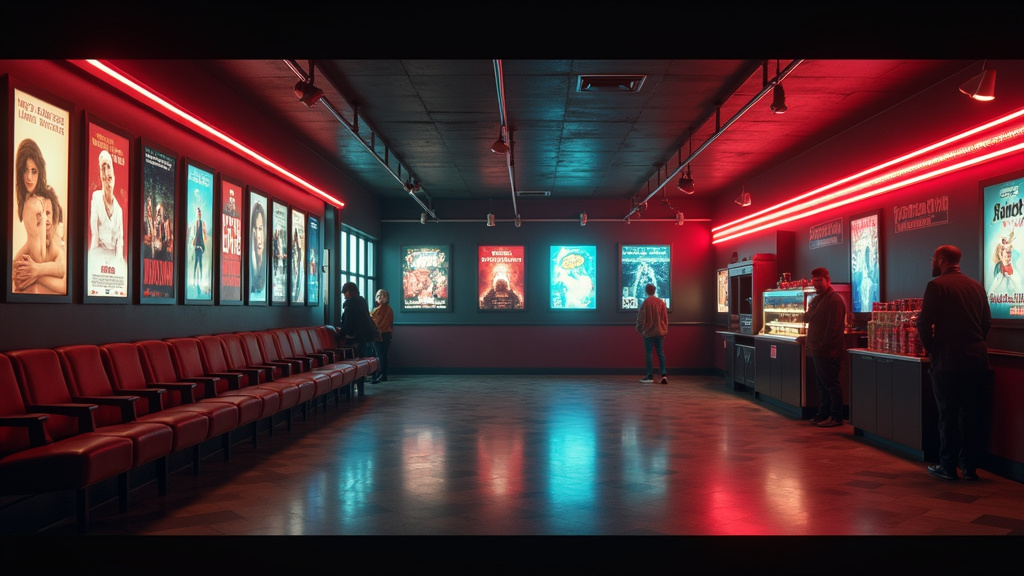SPRINGFIELD, IL – Following a detailed hearing before the Illinois House Executive Committee on April 18th, key leaders in the Illinois Senate have voiced significant reservations and skepticism regarding the financial viability and public funding mechanisms proposed for the Chicago Bears’ ambitious $2.4 billion Lakefront stadium project. The reaction from the upper chamber’s leadership signals a potentially challenging legislative path forward for the proposal, despite the Chicago Mayor Brandon Johnson’s cautiously supportive stance on the plan.
Senate President Don Harmon (D-Oak Park), one of the most influential figures in Illinois state government, did not mince words when addressing the state’s potential contribution to the privately spearheaded project. Speaking after the House committee presentation, Harmon highlighted the sheer scale of the funding request directed at the state, which proposes utilizing over $1 billion in bonding authority through the Illinois Sports Facilities Authority (ISFA). This significant sum, derived from public financing mechanisms, immediately became a focal point of concern for the Senate President.
Complementing Harmon’s remarks, Senate Majority Leader Kimberly Lightford (D-Maywood) also expressed substantial doubts. Both leaders pointed to the myriad of competing financial needs currently facing the state of Illinois. Education funding, infrastructure projects, social services, pension obligations – these are just a few of the critical areas that require significant state investment. The prospect of allocating over $1 billion in public resources, facilitated through state-backed bonds via ISFA, towards a professional sports stadium, regardless of its potential economic benefits, raises difficult questions about prioritization in a constrained fiscal environment.
Key Concerns Detailed by Senate Leadership
The concerns articulated by President Harmon and Majority Leader Lightford extend beyond just the magnitude of the state’s financial involvement. They also raised questions about the financial viability and the specifics of the presentation made by the Chicago Bears. While the full details of their reservations about the Bears’ financial case were not immediately public, such statements from legislative leadership typically indicate a desire for greater transparency, a clearer demonstration of the project’s return on investment for the state, and a robust plan for managing the risks associated with the bonding authority.
The proposal relies heavily on the ISFA bonding authority, a mechanism previously used for stadium projects in Chicago, notably Guaranteed Rate Field (home of the White Sox) and Soldier Field. The use of ISFA bonds essentially places the state’s credit and revenue streams (often tied to tourism and hotel taxes) behind the financing. A commitment exceeding $1 billion through this avenue represents a substantial long-term financial obligation for the state.
Senate President Harmon emphasized the need for careful scrutiny of any proposal seeking such a large public investment. He suggested that the presentation in the House committee, while a step in the legislative process, did not fully alleviate concerns about the state’s role and the potential impact on other essential state services. Majority Leader Lightford echoed this sentiment, underscoring the need for a thorough and deliberate evaluation process within the Senate.
Legislative Hurdles Ahead for the Bears Proposal
The strong skepticism voiced by the Senate’s top Democrats suggests that the path for the Bears stadium funding proposal through the Illinois Senate will be significantly more challenging than proponents might have hoped. While the House Executive Committee hearing on April 18th allowed the Bears and their partners to present their case, securing legislative approval requires passage in both the House and the Senate before reaching the Governor’s desk.
Opposition or strong reservations from legislative leadership, particularly in the Senate where fewer votes are needed for passage but where priorities are often fiercely debated, can significantly complicate the process. It indicates that the proposal, as currently structured with its substantial request for over $1 billion in ISFA bonding authority, faces substantial political and fiscal hurdles.
The Senators’ comments reflect a broader legislative hesitancy to commit significant public funds to professional sports facilities, a debate that has played out in various states across the country. Legislators are often pressured to prioritize investments in areas with clearer, broader public benefit, such as education, healthcare, and infrastructure, over projects that primarily benefit private entities, albeit with potential, often debated, economic spillover effects.
Context of the Proposal and Mayoral Support
The Chicago Bears’ proposal envisions a state-of-the-art enclosed stadium on the Lakefront campus, an area already home to key cultural institutions and public spaces. The total estimated cost is $2.4 billion, with the Bears committing a significant portion of private funding. However, the request for over $1 billion in state assistance through ISFA bonds represents a critical piece of their financing puzzle.
Chicago Mayor Brandon Johnson has offered cautious support for the Lakefront plan, viewing it as potentially beneficial for the city. However, even his support has been tempered with the acknowledgment that the proposal requires thorough legislative vetting and must demonstrate clear benefits to Chicago residents. The reaction from the Senate leadership underscores that the state-level scrutiny will be rigorous.
In conclusion, the immediate aftermath of the April 18th House committee hearing has revealed a significant hurdle for the Chicago Bears’ Lakefront stadium financing plan. The strong skepticism from Illinois Senate President Don Harmon and Majority Leader Kimberly Lightford, centered on the scale of the requested over $1 billion state contribution via ISFA bonding authority and questions about financial viability amidst competing state needs, indicates that the proposal faces a challenging and uncertain future in the legislative arena.













